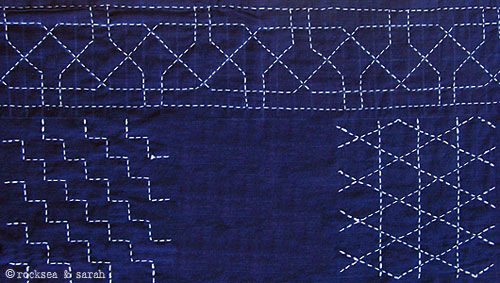 Embroidery sample: Sashiko Embroidery sample: Sashiko |
About and history
The word literally means ‘little stabs’ in Japanese. Sashiko is a form of stitching used to anchor down layers of cloth used in making quilts. This form of stitching is geometrical in nature and is done using only the Running Stitch. Stitching layers of fabric together not only made the fabric warmer for use but also more durable and strong. This is how Sashiko came to be used extensively in quilt making. The farming and fishing communities made use of Sashiko art on their wearables.
Traditionally dark blue or indigo cotton fabric was used, which was the only color available to most poor people. White cotton thread was used to do the Running Stitch over the fabric. Regionally, the fabric color differed though. It is stated that Sashiko was developed during the Edo period in Japan and this art declined in the latter part of the 1800s when the period came to an end.
Sashiko has three variations: Moyozashi, Hitomezashi, and Kogin. Moyozashi follows the simple running stitch to bring out beautifully depicted geometric patterns. Hitomezashi follows the Holbein stitch and is often said to be similar to the black stitch as its western counterpart. Kogin is a type of pattern darning.
Sashiko today
Sashiko was passed down from generation to generation as a handiwork that formed a part of life, but today, Sashiko has become a technique to create beauty and works of aesthetic value. Art, Hand embroidery, and quilting enthusiasts have caught up on the art of Sashiko for sheer beauty and simplicity. These days, this art is not confined to just quilts or garments but has inspired wall hangings, accessories of various sorts, table cloths, and other furnishings.
Patterns
Many Sashiko patterns are inspired by Chinese designs, but for the most part, they remain originally Japanese. The patterns are derived from nature and are wonderfully interpreted into geometrical patterns. You will learn many patterns as you go through each lesson.
Stitches used
Running stitch
Next, go to the tutorials of Sashiko:
Reference: SASHIKO Traditional Japanese Quilt Designs by Nihon Vogue
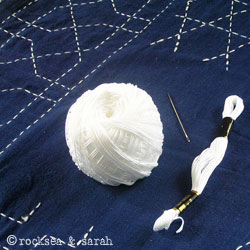
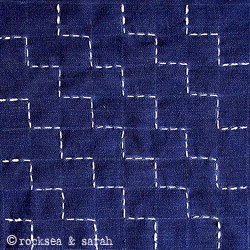

 Sarah has been researching and sharing hand embroidery lessons for over 17 years, making it accessible to everyone around the globe.
Sarah has been researching and sharing hand embroidery lessons for over 17 years, making it accessible to everyone around the globe.
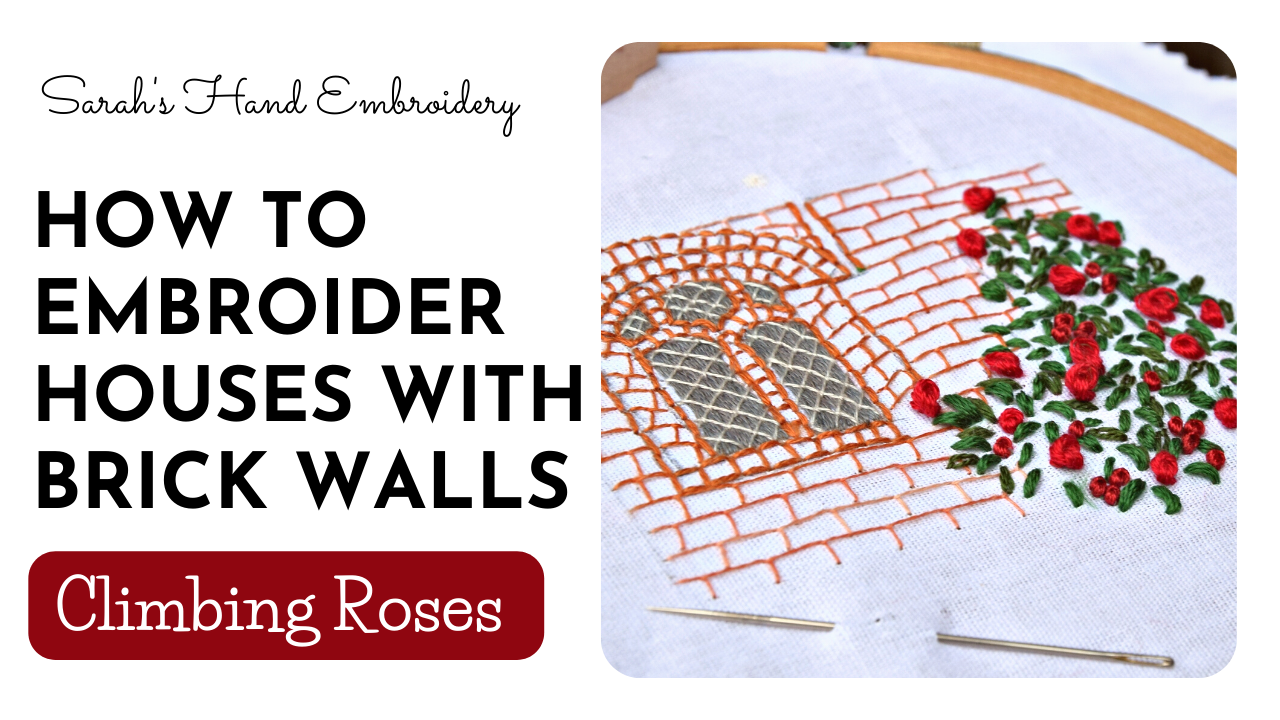
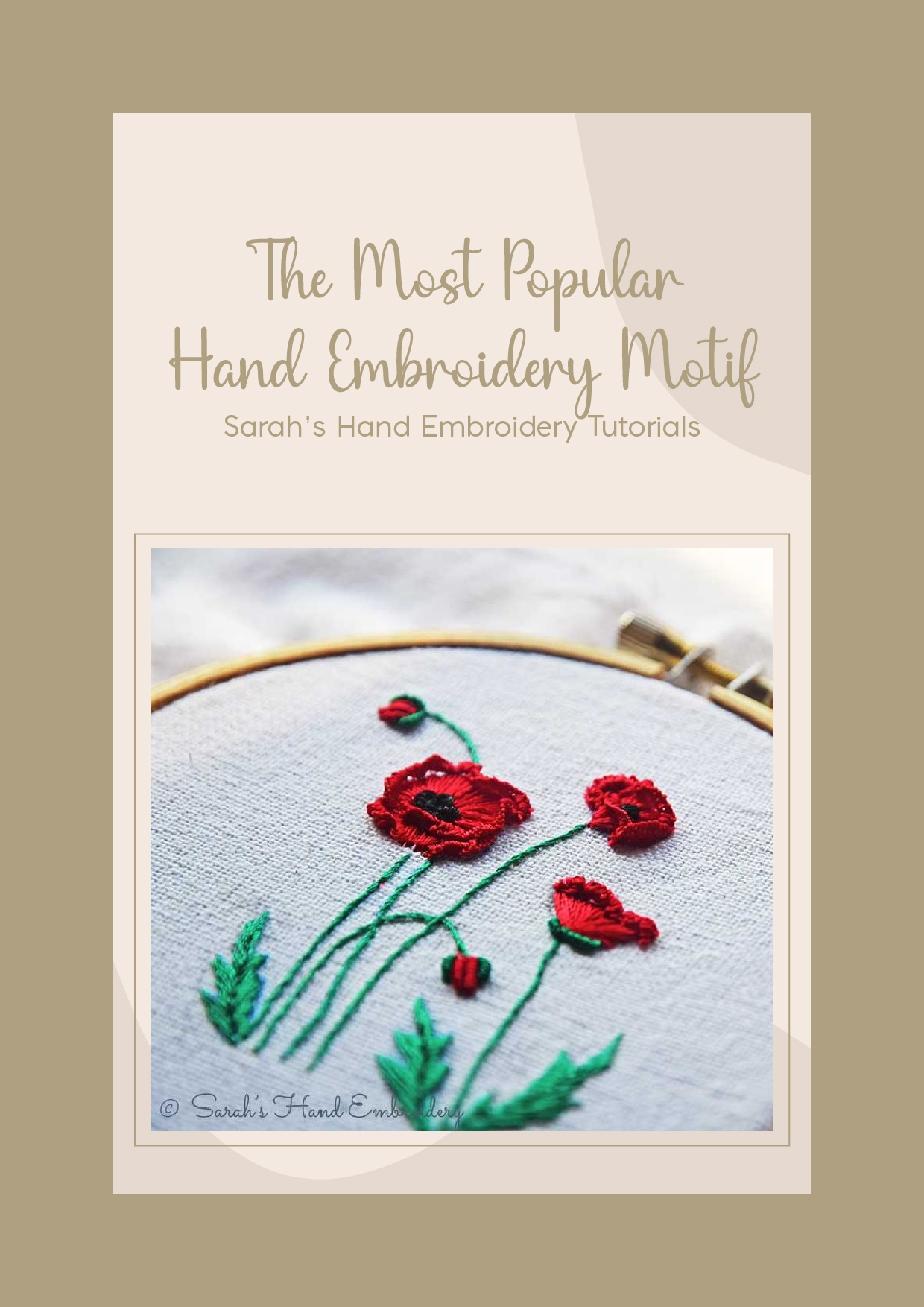
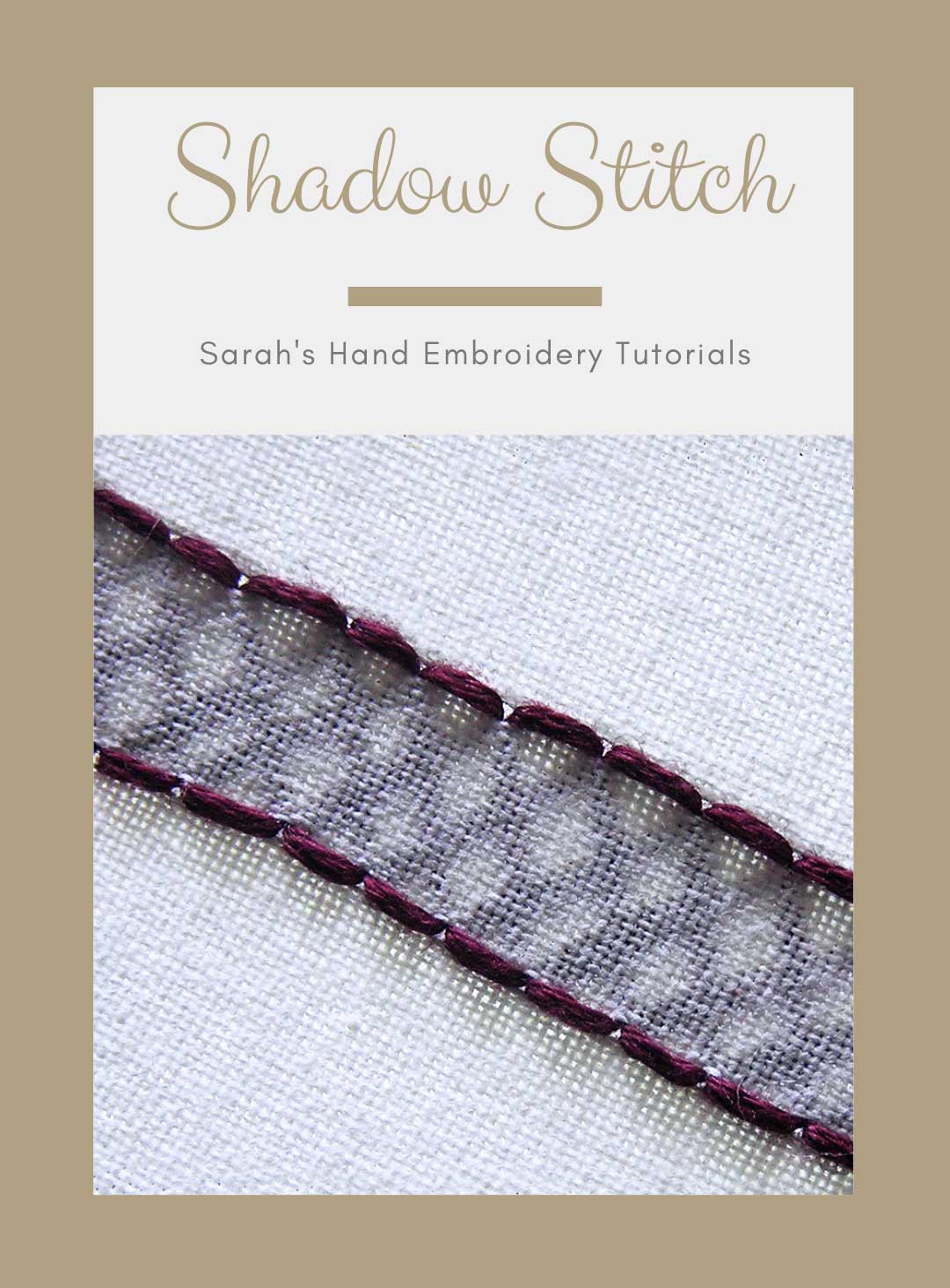


Utterly fascinated to learn that such beautiful work can be made with a simple stitch I learned to do when I was in grade school. There is hope for me yet.
🙂 perfect!
I was so glad to find your site! It is Hand done!!!! And you recognize the Left-handed stitchers!!!! I know that machine is the popular new trend, but there are lots of stitchers interested in hand work. I look forward to a long time association, and getting my order!
I have been stitching for lots of years, and one always is looking for different ways and different stitches. Thanks so much!
Hi Mary,
love to have you onboard! Thank you for buying our eBooks. 🙂 I have sent you an email. Please do check.
warm wishes,
Sarah
Thank you so much for teaching us. I have learn the history of the sewing increased my knowledge. Sure will follow your step. It nice n simple.
Awesome! 💕
Interesting history and patterns, thanks
Thanks for sharing Vasantha. Nice work. 🙂
hey..really love your work…and ofcourse the wonderful panifully (i am sure you love it though) detailed tutorials. Though i am feeling a bit lost while navigating through your blog. I sort of want to go through all your posts, but can’t find a way to do it. I am pretty sure it’s right in front of me..but i can’t see it. I would appreciate if you let me know how to look at your older posts in chronological order, so that i don’t miss any!
Dear Richa,
If you check the right hand side of any page (except the picture dictionary page), you will see a list of stitches and some embroideries and other contents of our blog. Clicking on each family of stitch will throw out a mini list of various sitches. Just click over any one you wish to go to, and you will be in the respective tutorial page.
Hope this helps.
Don’t worry about going on chronological order of my posting the pages, you can just pick up what you want to learn! 🙂
Hello from Argentina, I discovered your website and I think the best of the best, everything is wonderful teaching!
I started to embroider two months ago as a hobby and became a passion.
Thank you for sharing so much knowledge!
Hugs from Buenos Aires,
Monica
thanks for your valuable information. Finding your site was a joy.
merci pour ces leçons visuelles elles sont enrichissantes et complètes.
I just discovered your site and subscribed to your feed. I’m very excited to learn about this technique of embroidery as I’ve been a hand quilter since childhood. I’m anxious to try this new to me technique. It’s beautiful.